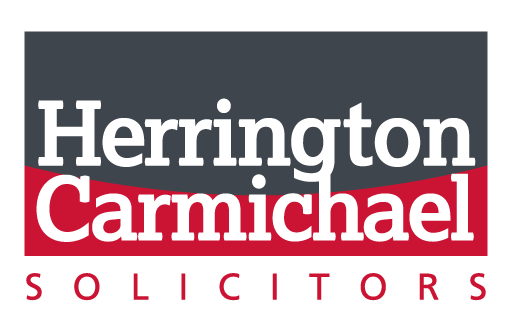Stephen Baker and Oliver Williams of our Dispute Resolution team explain recent developments in the law surrounding interim injunctions and unjustified threats in trade mark infringement proceedings.
In Bargain Busting Ltd v Shenzhen SKE Technology Co Ltd [2025] EWHC 1239 (Ch) the High Court recently granted an interim injunction to prevent a Claimant in trade mark infringement proceedings from making unjustified threats against retailers of the Defendant’s goods.
The case acts as a warning to rights holders combatting trade mark infringement to be careful in their correspondence with third parties thought to be involved in dealing with infringing goods or services.
What is an ‘unjustified’ threat?
An unjustified threat is defined in the Intellectual Property (Unjustified Threats) Act 2017 as a piece of communication threatening infringement proceedings which lacks a valid legal basis.
It is therefore important that any threat of legal action in relation to trade mark infringement is supported by valid legal grounds, such as being the owner of a registered trade mark for the same or similar goods and services where there is a likelihood of confusion between your products and the infringing products.
Who can bring a claim?
Anyone who is a ‘person aggrieved’ by an unjustified threat may bring a claim. A ‘person aggrieved’ is defined as someone whose commercial interests are, or are likely to be, adversely affected by the threat, which covers a very wide range.
There are a number of exceptions which do seek to narrow the range of possible claimants down. For example, where the acts of infringement alleged are:
- Applying, or causing a third party to apply, the mark to goods or packaging
- Importing goods which apply the mark
- Supplying services under a mark
… rightsholders are generally safe from claims for unjustified threats. Additionally, the 2017 Act provides for “permitted communication” which allows rightsholders to request that a recipient provide information in relation to infringement. This does not however permit rightsholders to request that the recipient cease using the infringing items.
These exceptions are not ironclad, as Bargain Busting v Shenzhen demonstrates. The key takeaway is that you have carefully consider who you threaten with infringement proceedings and how you present these threats.
When would the Court grant an interim injunction?
The well-known case of American Cyanamid v Ethicon establishes the general rule that the Court will consider the balance of convenience between the parties.
In trade mark disputes, the balance of convenience can be difficult to discern because the rightsholders’ interests are intangible and fixed whilst infringing products are often tangible assets passing between various parties who have different levels of knowledge as to the infringement.
Where the matter is sufficiently public that freedom of expression under Article 10 of the European Convention of Human Rights is engaged (as it was in Bargain Busting v Shenzhen), when considering whether to grant an interim injunction the court must be satisfied that a fair balance has been struck between the rights of the respondent to send threats of proceedings to protect its IP and the rights of alleged infringers not to be subject to unjustified threats.
What does Bargain Busting v Shenzhen say?
In Bargain Busting v Shenzhen, the relevant trade marks involved the word ‘Crystal’ being used in relation to e-cigarettes and vaping devices. In September 2024 the Claimant issued proceedings against the Defendant for infringement of its trade marks and in December 2024 it sent letters to 11 distributors and retailers of the Defendant’s products, threatening trade mark infringement proceedings if they did not stop selling the allegedly infringing goods.
The Defendant applied for an interim injunction to prevent the Claimant from making further threats of infringement proceedings, claiming they were designed to disrupt the Defendant’s business and marketing and therefore unjustified.
The Judge granted the interim injunction, subject to the qualifications and exceptions in the 2017 Act, on the basis that:
- Encroachment on the Claimant’s Article 10 rights was minimal and there was a serious issue to be tried in relation to the validity of the Claimant’s trade marks which meant that the Defendant had an arguable case.
- There was a realistic risk of damage to the Defendant’s business, especially given the value of its UK sales market (over $400 million in 2024), which damages could not cover sufficiently.
- The injunction would be restricted in scope so that the Claimant could still pursue suspected primary infringers and would only be prevented from threatening the Defendant’s customers (who are not primary infringers) with infringement proceedings.
In reaching this decision, the Judge considered that most applications for interim injunctions in trade mark proceedings fall within the category of cases established by Cream Holdings Ltd v Banerjee [2004] UKHL 44 where the applicant only needs to demonstrate they have an arguable case, and need not show that they are more likely than not to succeed at trial.
The consequence of this decision is that rightsholders must be more careful in corresponding with third parties who may handle infringing goods but are not primary infringers themselves.
How can I best prevent infringement?
Our specialist solicitors can assist you in combatting trade mark infringement and in dealing with any third parties involved in distributing infringing goods or services. Our previous articles concerning trade mark infringement can be found here and here.
We are skilled in identifying legal issues surrounding intellectual property rights and providing practical solutions to our clients’ disputes. For more information on the contents of this article or advice on the issues raised, please contact us to speak to a member of our Dispute Resolution or Commercial teams.









